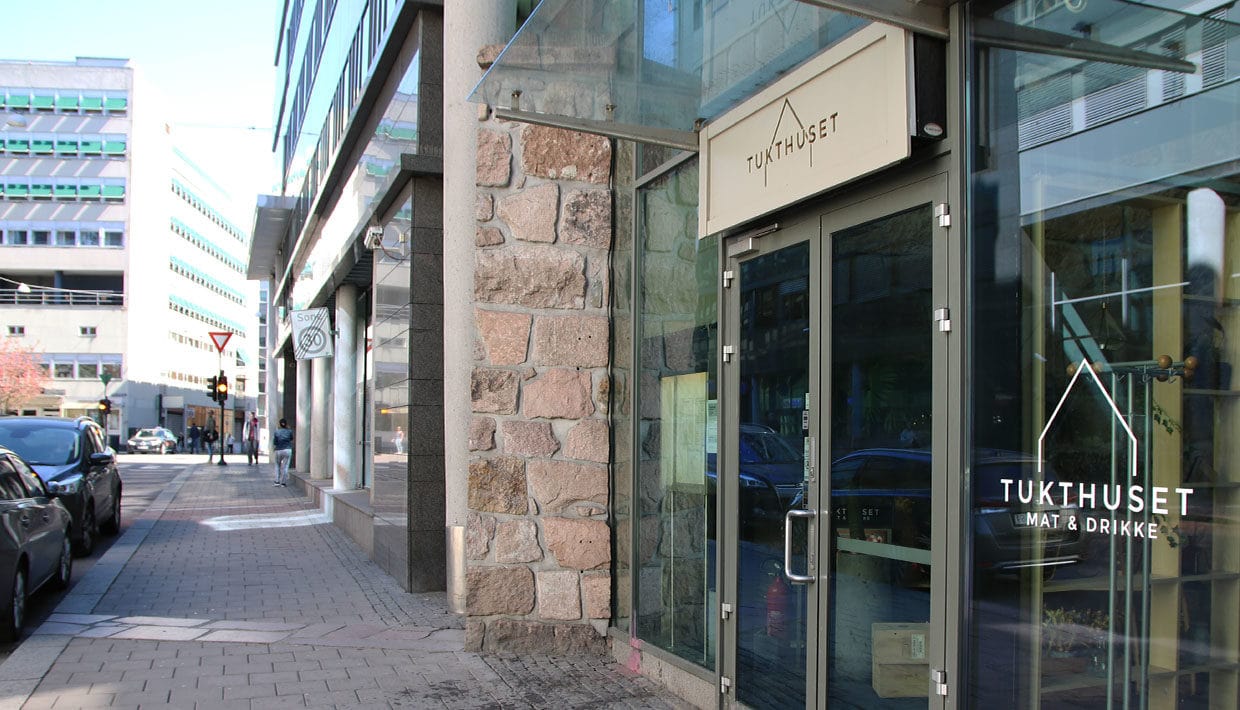
Curbatheri – A toolkit for conceptualizing heritage values in city planning
An international research project aims to develop methods to assess the value of historical structures in urban planning. The unusual name is an abbreviation of ‘Curating Sustainable URBAn Transformations through HERItage’ – CURBATHERI.
Torgrim Sneve Guttormsen of NIKU will be working with a group of researchers from Spain, Italy and the UK aiming to investigate the value of city planning that deliberately inserts fragments of cultural history into newer structures.
As cities change, structures are added or removed from the urban landscape, gradually altering it according to the needs and values of the time. In Oslo, one example of this is the women’s prison (Tukthus) that used to occupy a block near the city center. After the removal of the main buildings in 1938, only the outer wall was left, leading to lengthy discussion about how to best preserve this piece of the city’s history.
An architectural solution was to incorporate fragments of the wall into new buildings on the site: along the outside of Sentrum Police Station, leading to paving stones that cross the street and become an interior wall of the restaurant Tukthuset Mat & Drikke. Today, passers-by may be unaware of the dark history these fragments represent, or they may create possibilities for engaging with the city on a deeper level.
CURBATHERI is a Joint Programming Initiative (JPI) using national European research funding.
It is a collaboration between NIKU, University College London, Università di Firenze, Universitat de Barcelona and University of Stirling.
Wants to create a toolbox for urban planners
Guttormsen says the researchers aim to create a conceptual ‘toolbox’ that may contribute to stimulating reflection on the use of heritage values in urban planning. Among other things, they have been investigating the attitudes of city dwellers towards such examples of fragmented cultural history as the former prison wall. He says this is particularly relevant in today’s society because of how rapidly cities are changing.
“If one is unable to keep complete structures, is there value in the fragmented traces that are left? We hope to develop tools that ensure consciousness around the choices made when planning for future cityscapes – why is it important to keep some traces of the past? Ultimately the goal is to create a good city – a ‘deep city’ – for the inhabitants to live and move about in.”
The project is a Joint Programming Initiative (JPI) using national European research funding. The researchers hope to define concepts that will enable reflective dialogue around future city planning, based on cross-cutting research from the participating countries.

